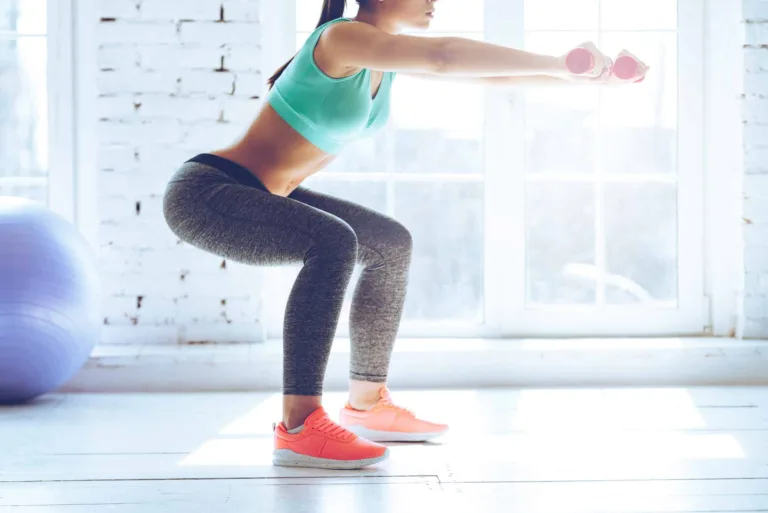A Guide to Lifting Straps: Enhance Your Weightlifting Routine
Introduction
Lifting heavy weights requires a focus on both safety and effectiveness. That’s where lifting straps come in. These fitness accessories are designed to enhance your weightlifting equipment and make your workouts more efficient. Lifting straps are sturdy straps made from materials like nylon, cotton, or leather. With loops or hooks at one end, they provide a secure grip and reduce strain on your hands, allowing you to lift heavier loads with ease. Let’s dive into everything you need to know about lifting straps.
Measuring Your Wrist for Lifting Straps
Before you begin your search for lifting straps, it’s important to measure your wrist accurately. Use a flexible tape measure and wrap it snugly around your wrist above the knobby bone. Make note of the circumference in inches or centimeters to determine the right size of lifting straps for you.
Types of Lifting Straps
1. Standard Lifting Straps
The most common type in the market, these simple straps with loops or hooks are suitable for various exercises like rows and pull-ups.
2. Figure-8 Lifting Straps
These straps form a figure-eight shape when worn and provide added support and stability during heavy lifts. They are ideal for powerlifting movements.
3. Wrist Wraps with Lifting Straps
Integrated with wrist wraps, these lifting straps offer the combined benefits of wrist support and grip assistance. They are especially helpful for those with weaker wrists.
Choosing the Right Material
The material of your lifting straps plays a crucial role in their durability and comfort. Consider the following options:
- Nylon lifting straps: Lightweight, durable, and affordable. Excellent for general use and withstand regular wear and tear.
- Cotton straps: Comfortable with a bit of stretch.
- Leather lifting straps: Durable and provide a firm grip.
- Neoprene-padded lifting straps: Offer added comfort and are great for those concerned about wrist irritation.
Factors to Consider when Buying Lifting Straps
- Cost: Determine your budget and invest in a quality product that will last longer according to your needs.
- Length: Longer straps provide more flexibility in how you wrap them around the bar, which can be beneficial for specific exercises.
- Durability: Look for reinforced stitching and high-quality materials to ensure your lifting straps can withstand repeated use. Leather straps are particularly durable when properly maintained.
- Reviews and Recommendations: Read reviews and seek professional recommendations to learn about the quality and suitability of different brands and types of lifting straps.
Conclusion
With the right lifting straps, you can enhance your weightlifting routine and achieve your fitness goals more effectively. Measure your wrist accurately, consider the types and materials available, and take into account factors such as cost, length, and durability. By doing so, you’ll be able to choose the lifting straps that best suit your needs and ensure a safe and productive workout every time.
Source: How to Choose Lifting Straps







